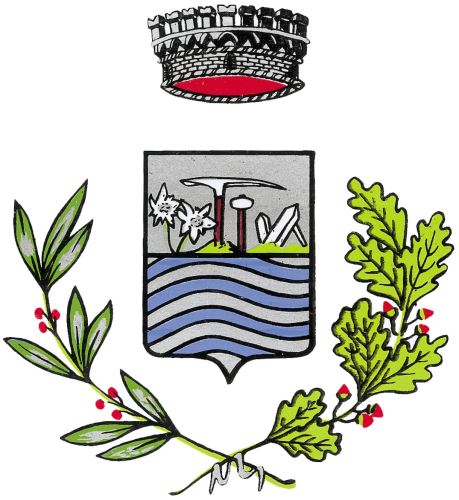
- Altitude:
- 983 m
- Surface area:
- 115.95 km²
- Current population:
- 1,367
- Patron Saint:
- San Giovanni Battista
- Hamlets:
- Moizi, Centro, Ganda, Vetto, Tornadri
Lanzada is the largest municipality extending over the north-eastern part of the Valmalenco.
Like the other villages in the valley, this village developed in the Middle Ages, when the people from Sondrio used to come up to the Valmalenco to exploit its vast pastures and began to settle there permanently, thus creating the first inhabited areas.
The oldest part of the Municipality is thought most likely to be the district of Vetto, which is already mentioned in fourteenth century documents.
Over the centuries, the village grew into five districts, commencing with Tornadri, the one deep in the valley, followed by Vetto, Ganda, San Giovanni Battista (or Lanzada Centro) and Moizi.
The district of San Giovanni Battista, named after the patron saint of the first church built in Lanzada, was divided into three administrative districts, known as
colonghelli: San Giovanni di dentro, di mezzo and di fuori, named thus as they were placed to the east, inside and to the west of the church, respectively.
They were small villages consisting of poverty-stricken houses built one on top of the other, mixed with cattlesheds and haybarns over an area which was almost untouched by sunlight, especially in the long winter months.
As in all the villages in the valley, this village was not just a district, but also the "maggengo" meadow (in spring and autumn) and pasture land (in summer), as the need to exploit the scarce resources of the territory at the right time dictated seasonal transhumance.
During the long dominion by the Grigioni family, the economy of Lanzada was also able to benefit from the favourable trade and traffic offered by the Rhaetian government with the villages across the Alps, which the inhabitants of the Municipality could easily reach via the
Cavallera strada of the Muretto pass, and across the passes of Ur and Canciano leading directly into the Val Poschiavo.
The initiative shown by the population throughout the centuries, perhaps prompted by the lack of local resources, led many inhabitants of Lanzada to emigrate, even only seasonally, as traders and craftsmen.
This helped expand the wealth of the village, and also gave it a certain "mental opening", typical of someone who travels a great deal and is in contact with people of a different culture, language and mentality.
This form of social mobility had already been accepted well by the historian of the Valtellina, Giovanni Tuana, vice parish priest of Chiesa who, in 1614, wrote:
Lanzada is the richest parish in this valley (…).
The inhabitants are all hard working: some trade in the main territories of the valley, others from a very young age try to earn a living not only by wandering around Valtellina selling the humblest of merchandise, but also going to the nearby lands of the people of Veneto, Trentino and the Germans; others become street vendors and tinsmiths.
The typical craft in Lanzada had, since ancient times, been that of the
magnano, the tinsmith, a street craftsman who mended copper pots and other kitchen tools.
If need be, he would also make the hoops for thelaveggi, the typical soapstone pots of the Valmalenco.
No longer in existence today, the craft of the tinsmith or
magnàn (in local dialect) was the prerogative of the inhabitants of this Municipality, to the extent that nearby villages commonly called the people of Lanzada by the nickname of
magnàn, referring to both the people and the village.
Bibliography
-
Matilde Bergomi,
Politica e amministrazione in Val Malenco nell’Età Moderna,
Società Storica Valtellinese, Sondrio 2006
-
Saveria Masa,
Fra curati cattolici e ministri riformati. Nicolò Rusca e il rinnovamento tridentino in Valmalenco,
Sondrio 2011, pp. 84-85
-
Simon Pietro Picceni - Giuseppe Bergomi - Annibale Masa,
Inventario dei toponimi valtellinesi e valchiavennaschi. 21 Territorio comunale di Lanzada,
Società Storica Valtellinese, Villa di Tirano 1994
-
Giovanni Tuana,
Fatti di Valtellina,
De rebus Vallistellinae,
Società Storica Valtellinese, Sondrio 1998